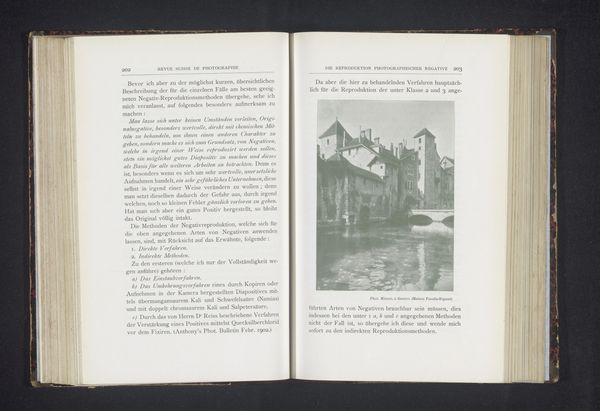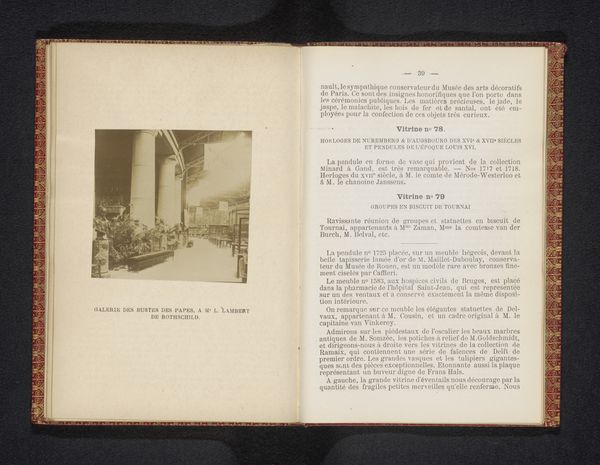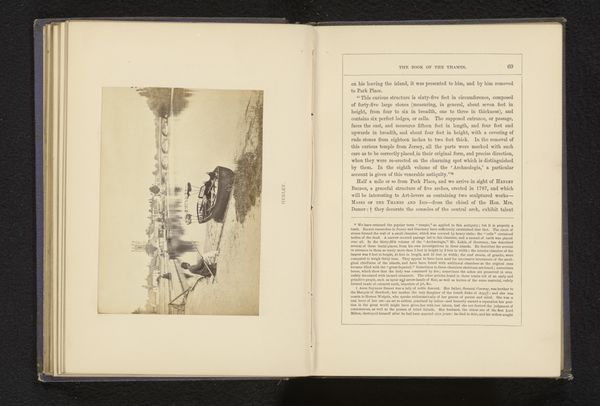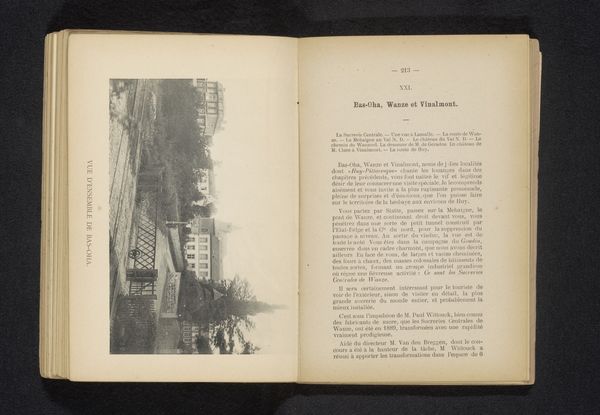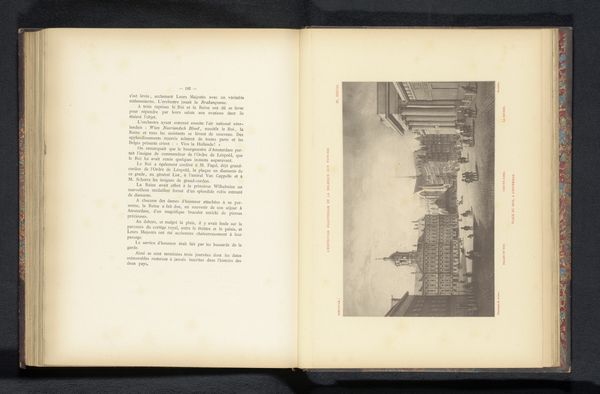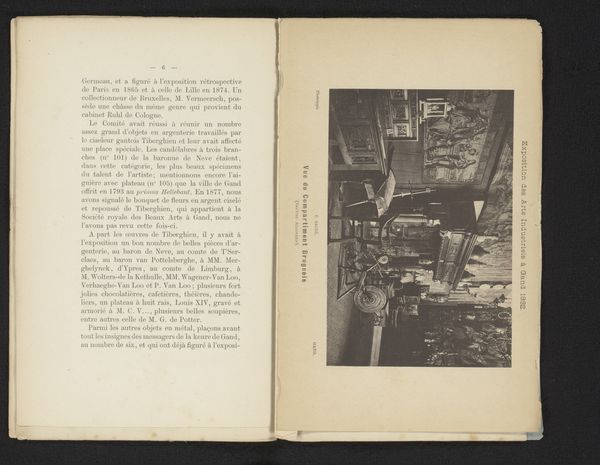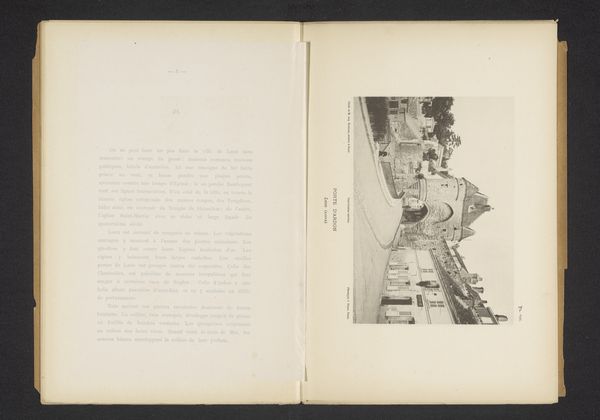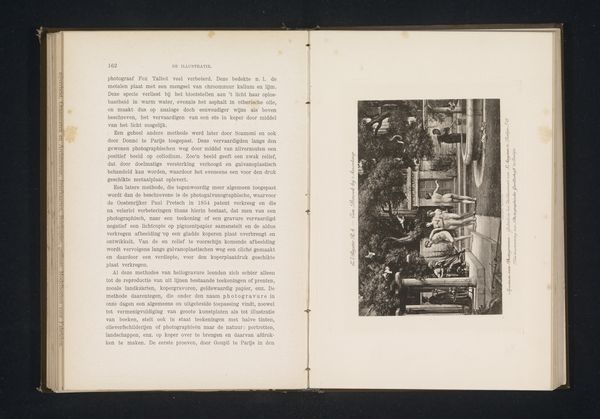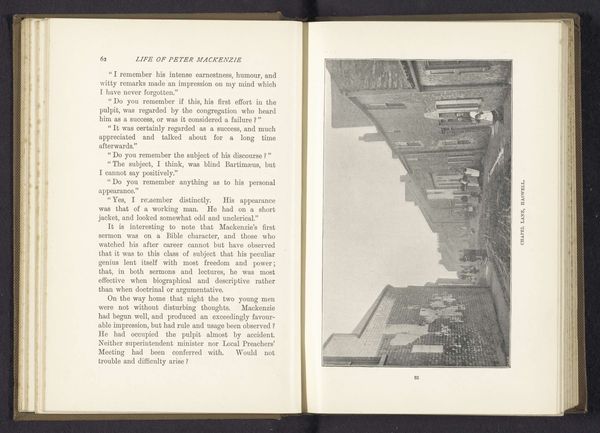
print, photography, gelatin-silver-print
# print
#
photography
#
gelatin-silver-print
#
cityscape
#
italian-renaissance
Dimensions: height 128 mm, width 90 mm
Copyright: Rijks Museum: Open Domain
Curator: I'd like to start by introducing this gelatin silver print by Giacomo Brogi. It’s titled "Toren van de Mannelli bij de Ponte Vecchio, Florence," placing it in a specific historical and geographical context, of course, dated before 1863. It immediately speaks of Italian history, especially that period we refer to as the Italian Renaissance. Editor: My first impression is of tranquility and also of mystery. The scene is still, bathed in soft light. There’s something very timeless about it. And that archway on the right… its shape reminds me of ancient portals and the transition they symbolize between spaces or states of being. Curator: I see that. Photography during this period was as much about documentation as it was about creating a certain social or political narrative, particularly of rapidly modernizing cities. Florence was central to a European cultural and economic transformation, while being very class stratified; the tower, for instance, embodies this shift as it still stands near one of the oldest and most significant bridges of the city. What cultural symbols or references strike you most as you look at this? Editor: Absolutely the Ponte Vecchio, even just glimpsed at the far end of the image. It stands for more than simply passage, it carries with it the emotional weight of trade, of craftsmanship, and specifically the history of goldsmithing, as if to echo those earlier trade routes that shaped the West’s imagination, desires, its cultural identity. And also this lone street light on the side, in this seemingly depopulated alley, evokes a sense of continuity despite obvious transformation and evolution. Curator: And it’s vital to remember those power dynamics when thinking about what kinds of stories were being valued, sold and consumed through mass production and photography. The Renaissance in Italy was very politically charged in regards to social and economic hierarchies of identity, gender, and race, as seen through a contemporary lens, which further highlights those complex tensions that resonate even in a seemingly “straightforward” picture. Editor: Very interesting indeed. Reflecting on my initial impressions, now considering the societal framing you’ve unpacked for us, the image does have a disquieting aura, and now reads more of disruption and uncertainty than tranquility. Curator: Yes, it allows us to think about the relationship between cultural memory, identity, and representation, offering a lens through which to examine and unpack this intersection. Editor: And it allows us to ponder how something seemingly straightforward and simply informative can trigger, whether overtly or surreptitiously, layers of cultural symbolism to form a unique identity.
Comments
No comments
Be the first to comment and join the conversation on the ultimate creative platform.
